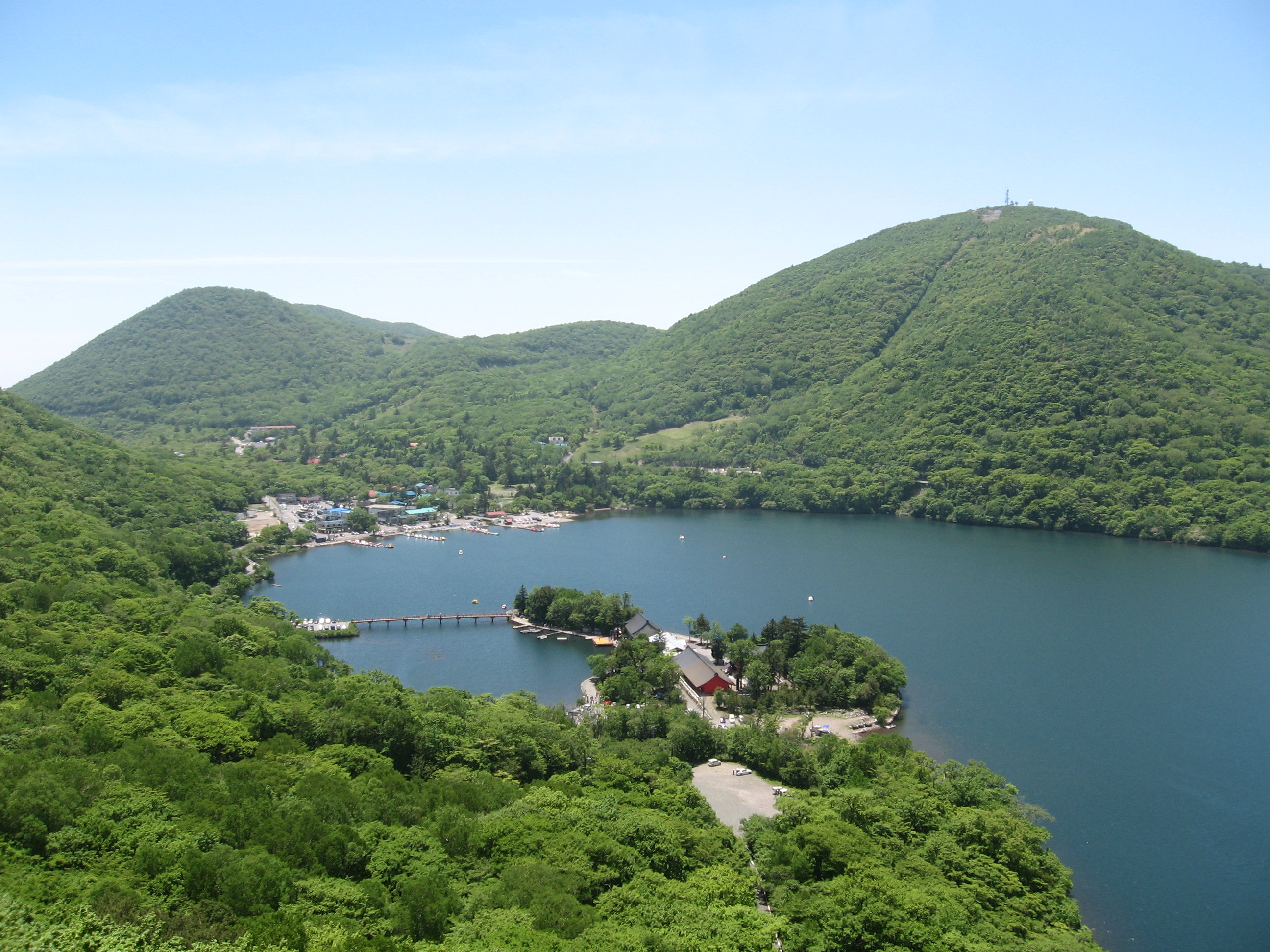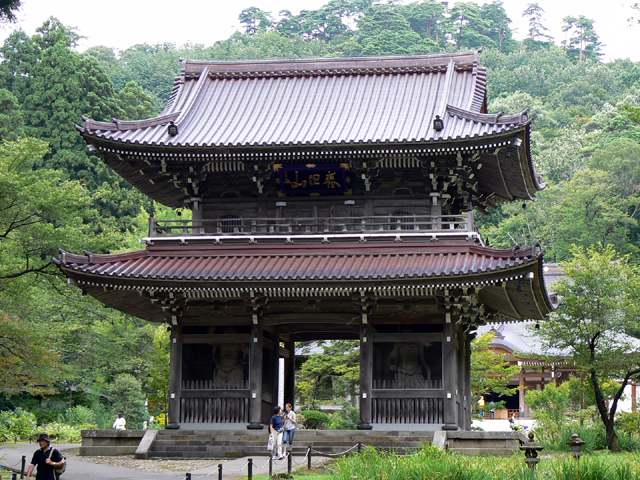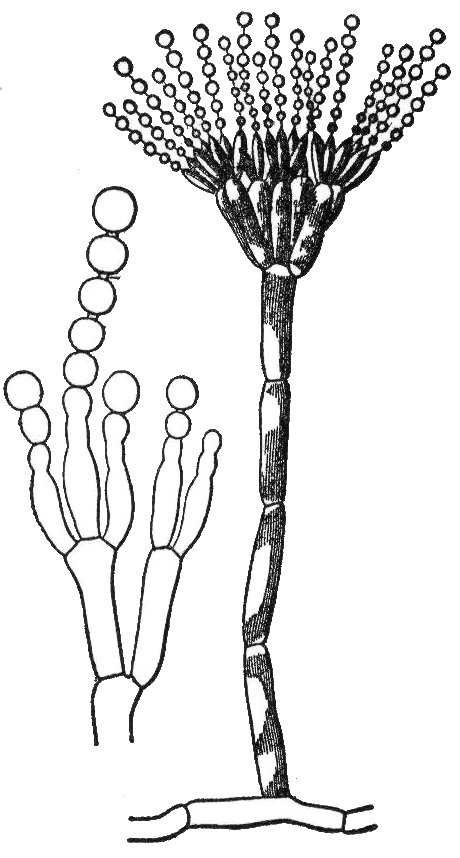|
Trichoderma Cornu-damae
, formerly ''Podostroma cornu-damae'' and also known as the poison fire coral, is a species of fungus in the family Hypocreaceae. The fruit bodies of the fungus are highly toxic if ingested, and have been responsible for several human fatalities as they contain an often fatal dose of the mycotoxin satratoxin-H. Taxonomy The species was originally described as ''Hypocrea cornu-damae'' by Narcisse Théophile Patouillard in 1895, and later transferred to the genus ''Podocrea'' in 1905 by Pier Andrea Saccardo. In 1994, Japanese mycologists Tsuguo Hongo and Masana Izawa placed the species in the genus ''Podostroma''. Range The fungus was once thought to be exclusive to South Korea and Japan, but recent discoveries have been made in Indonesia, Papua New Guinea and Australia.Burt, Jemima and Mounter, Brendan (19 February 2021Deadly fungus, poison fire coral, sighted near Cairns, prompting warning for bushwalkers ''ABC News'', 2021-02-19. Description The conidiophores (specialized ... [...More Info...] [...Related Items...] OR: [Wikipedia] [Google] [Baidu] |
Narcisse Théophile Patouillard
Narcisse Théophile Patouillard (2 July 1854 – 30 March 1926) was a French pharmacist and mycologist. He was born in Macornay, a town in the department of Jura (department), Jura. He studied in Besançon, then furthered his education at the École Supérieure de Pharmacie in Paris, where in 1884 he earned a diploma with a doctoral thesis involving the structure and classification of Hymenomycetes called "''Des Hyménomycètes au point de vue de leur structure et de leur classification''". With Jacques Emile Doassans he issued the exsiccata ''Champignons figurés et désechés'' (1880-1883). Patouillard was a practicing pharmacist for more than forty years, first in Poligny, Jura, Poligny (1881–84), and later in Fontenay-sous-Bois (1884–85), Paris (1886–1898) and Neuilly-sur-Seine (beginning in 1898). From 1893 to 1900, he was ''préparateur'' to the chair of cryptogam, cryptogamy at the École Supérieure de Pharmacie in Paris. In 1884 he was one of the founders of the ... [...More Info...] [...Related Items...] OR: [Wikipedia] [Google] [Baidu] |
Tsuguo Hongo
was a Japanese mycologist who specialized in the biogeography and Taxonomy (biology), taxonomy of Agaricales. Hongo entered the Department of Biology at what is now Hiroshima University in 1943, where he studied botany until graduating in 1946 with a B.Sc. Hongo received his Ph.D. degree, entitled "Agaricales of Japan", from Kyoto University in 1961 while working under Dr. Shiro Kitamura. He was president of the Mycological Society of Japan from 1987 to 1989. In 2003 he was awarded the Minakata Kumagusu Award for contributions to mycology. Hongo published more than 130 scientific papers and 9 books. He also described 215 new taxa of Agaricales from a variety of locations. Fungus species named after Hongo include: ''Amanita hongoi'', ''Boletus hongoi'', ''Xerula hongoi'', ''Pluteus hongoi'', ''Russula hongoi'', ''Strobilomyces hongoi'', and ''Tylopilus hongoi''. Name Hongo may be considered a case of cross-lingual nominative determinism, as the word wikt:hongo, hongo means "mush ... [...More Info...] [...Related Items...] OR: [Wikipedia] [Google] [Baidu] |
Thrombocyte
Platelets or thrombocytes () are a part of blood whose function (along with the coagulation factors) is to react to bleeding from blood vessel injury by clumping to form a blood clot. Platelets have no cell nucleus; they are fragments of cytoplasm from megakaryocytes which reside in bone marrow or lung tissue, and then enter the circulation. Platelets are found only in mammals, whereas in other vertebrates (e.g. birds, amphibians), thrombocytes circulate as intact mononuclear cells. One major function of platelets is to contribute to hemostasis: the process of stopping bleeding at the site where the lining of vessels (endothelium) has been interrupted. Platelets gather at the site and, unless the interruption is physically too large, they plug the hole. First, platelets attach to substances outside the interrupted endothelium: ''adhesion''. Second, they change shape, turn on receptors and secrete chemical messengers: ''activation''. Third, they connect to each other throug ... [...More Info...] [...Related Items...] OR: [Wikipedia] [Google] [Baidu] |
Leukocyte
White blood cells (scientific name leukocytes), also called immune cells or immunocytes, are cells of the immune system that are involved in protecting the body against both infectious disease and foreign entities. White blood cells are generally larger than red blood cells. They include three main subtypes: granulocytes, lymphocytes and monocytes. All white blood cells are produced and derived from multipotent cells in the bone marrow known as hematopoietic stem cells. Leukocytes are found throughout the body, including the blood and lymphatic system. All white blood cells have nuclei, which distinguishes them from the other blood cells, the anucleated red blood cells (RBCs) and platelets. The different white blood cells are usually classified by cell lineage ( myeloid cells or lymphoid cells). White blood cells are part of the body's immune system. They help the body fight infection and other diseases. Types of white blood cells are granulocytes (neutrophils, eosinoph ... [...More Info...] [...Related Items...] OR: [Wikipedia] [Google] [Baidu] |
Gunma Prefecture
is a landlocked Prefectures of Japan, prefecture of Japan located in the Kantō region of Honshu. Gunma Prefecture has a population of 1,937,626 (1 October 2019) and has a geographic area of . Gunma Prefecture borders Niigata Prefecture and Fukushima Prefecture to the north, Nagano Prefecture to the southwest, Saitama Prefecture to the south, and Tochigi Prefecture to the east. Maebashi is the capital and Takasaki is the largest city of Gunma Prefecture, with other major cities including Ōta, Gunma, Ōta, Isesaki, Gunma, Isesaki, and Kiryū, Gunma, Kiryū. Gunma Prefecture is one of only eight landlocked prefectures, located on the northwestern corner of the Kantō Plain with 14% of its total land being designated as List of national parks of Japan, natural parks. History The ancient province of Gunma was a center of horse breeding and trading activities for the newly immigrated continental peoples (or Toraijin). The arrival of horses and the remains of horse tackle coinci ... [...More Info...] [...Related Items...] OR: [Wikipedia] [Google] [Baidu] |
Sake
Sake, , or saki, also referred to as Japanese rice wine, is an alcoholic beverage of Japanese origin made by fermenting rice that has been polished to remove the bran. Despite the name ''Japanese rice wine'', sake, and indeed any East Asian rice wine (such as huangjiu and cheongju), is produced by a brewing process more akin to that of beer, where starch is converted into sugars that ferment into alcohol, whereas in wine, alcohol is produced by fermenting sugar that is naturally present in fruit, typically grapes. The brewing process for sake differs from the process for beer, where the conversion from starch to sugar and then from sugar to alcohol occurs in two distinct steps. Like other rice wines, when sake is brewed, these conversions occur simultaneously. The alcohol content differs between sake, wine, and beer; while most beer contains 3–9% ABV, wine generally contains 9–16% ABV, and undiluted sake contains 18–20% ABV (although this is often lowered to abou ... [...More Info...] [...Related Items...] OR: [Wikipedia] [Google] [Baidu] |
Niigata Prefecture
is a Prefectures of Japan, prefecture in the Chūbu region of Honshu of Japan. Niigata Prefecture has a population of 2,131,009 (1 July 2023) and is the List of Japanese prefectures by area, fifth-largest prefecture of Japan by geographic area at . Niigata Prefecture borders Toyama Prefecture and Nagano Prefecture to the southwest, Gunma Prefecture to the south, Fukushima Prefecture to the east, and Yamagata Prefecture to the northeast. Niigata, Niigata, Niigata is the capital and largest city of Niigata Prefecture, with other major cities including Nagaoka, Niigata, Nagaoka, Jōetsu, Niigata, Jōetsu, and Sanjō, Niigata, Sanjō. Niigata Prefecture contains the Niigata Major Metropolitan Area centered on Niigata with a population of 1,395,612, the largest metropolitan area on the Sea of Japan coast and the twelfth-largest in Japan. Niigata Prefecture is part of the historic Hokuriku region and features Sado Island, the sixth largest island of Japan in area following the List o ... [...More Info...] [...Related Items...] OR: [Wikipedia] [Google] [Baidu] |
Trichothecenes
Trichothecenes constitute a large group of chemically related mycotoxins. They are produced by Fungus, fungi of the genera ''Fusarium'', ''Myrothecium'', ''Trichoderma'', ''Podostroma'', ''Trichothecium'', ''Cephalosporium'', ', ''Stachybotrys'' (most in Hypocreales) and possibly others. Chemically, trichothecenes are a class of sesquiterpenes. All trichothecenes share the Cyclic compound, cyclic sesquiterpene structure but differ in the type of functional group attached to the carbon backbone. They are produced on many different grains such as wheat, Oat, oats, or maize by various ''Fusarium'' species including ''Gibberella zeae, F. graminearum'', ''Fusarium sporotrichioides, F. sporotrichioides'', ''F. poae,'' and ''Fusarium equiseti, F. equiseti''. Some moulds that produce trichothecene mycotoxins, such as ''Stachybotrys chartarum'', can grow in damp indoor environments. It has been found that macrocyclic trichothecenes produced by ''Stachybotrys chartarum, S. chartarum'' can ... [...More Info...] [...Related Items...] OR: [Wikipedia] [Google] [Baidu] |
Trichoderma
''Trichoderma'' is a genus of fungi in the family Hypocreaceae that is present in all soils, where they are the most prevalent culturable fungi. Many species in this genus can be characterized as opportunistic avirulent plant symbionts. This refers to the ability of several ''Trichoderma ''species to form mutualistic endophytic relationships with several plant species. ''Trichoderma'' species are also responsible for green mold disease in mushroom cultivation. The genomes of several ''Trichoderma'' species'' ''have been sequenced and are publicly available from the JGI. Taxonomy The genus was described by Christiaan Hendrik Persoon in 1794, but the taxonomy has remained difficult to resolve. For a long time, it was considered to consist of only one species, '' Trichoderma viride'', named for producing green mold. Subdivision In 1991, Bissett divided the genus into five sections, partly based on the aggregate species described by Rifai: *''Pachybasium'' (20 species) *''Lo ... [...More Info...] [...Related Items...] OR: [Wikipedia] [Google] [Baidu] |
Phialide
The phialide ( ; , diminutive of phiale, a broad, flat vessel) is a flask-shaped projection from the vesicle (dilated part of the top of conidiophore) of certain fungi. It projects from the mycelium without increasing in length unless a subsequent increase in the formation of conidia occurs. It is the end cell of a phialosphore. See also *Ascomycete Ascomycota is a phylum of the kingdom Fungi that, together with the Basidiomycota, forms the subkingdom Dikarya. Its members are commonly known as the sac fungi or ascomycetes. It is the largest phylum of Fungi, with over 64,000 species. The def ... References Fungal morphology and anatomy {{mycology-stub ... [...More Info...] [...Related Items...] OR: [Wikipedia] [Google] [Baidu] |
Micrometre
The micrometre (English in the Commonwealth of Nations, Commonwealth English as used by the International Bureau of Weights and Measures; SI symbol: μm) or micrometer (American English), also commonly known by the non-SI term micron, is a unit of length in the International System of Units (SI) equalling (SI standard prefix "micro-" = ); that is, one millionth of a metre (or one thousandth of a millimetre, , or about ). The nearest smaller common SI Unit, SI unit is the nanometre, equivalent to one thousandth of a micrometre, one millionth of a millimetre or one billionth of a metre (). The micrometre is a common unit of measurement for wavelengths of infrared radiation as well as sizes of biological cell (biology), cells and bacteria, and for grading wool by the diameter of the fibres. The width of a single human hair ranges from approximately 20 to . Examples Between 1 μm and 10 μm: * 1–10 μm – length of a typical bacterium * 3–8 μm – width of str ... [...More Info...] [...Related Items...] OR: [Wikipedia] [Google] [Baidu] |
Conidia
A conidium ( ; : conidia), sometimes termed an asexual chlamydospore or chlamydoconidium (: chlamydoconidia), is an asexual, non- motile spore of a fungus. The word ''conidium'' comes from the Ancient Greek word for dust, ('). They are also called mitospores due to the way they are generated through the cellular process of mitosis. They are produced exogenously. The two new haploid cells are genetically identical to the haploid parent, and can develop into new organisms if conditions are favorable, and serve in biological dispersal. Asexual reproduction in ascomycetes (the phylum Ascomycota) is by the formation of conidia, which are borne on specialized stalks called conidiophores. The morphology of these specialized conidiophores is often distinctive between species and, before the development of molecular techniques at the end of the 20th century, was widely used for identification of (''e.g.'' '' Metarhizium'') species. The terms microconidia and macroconidia are some ... [...More Info...] [...Related Items...] OR: [Wikipedia] [Google] [Baidu] |






